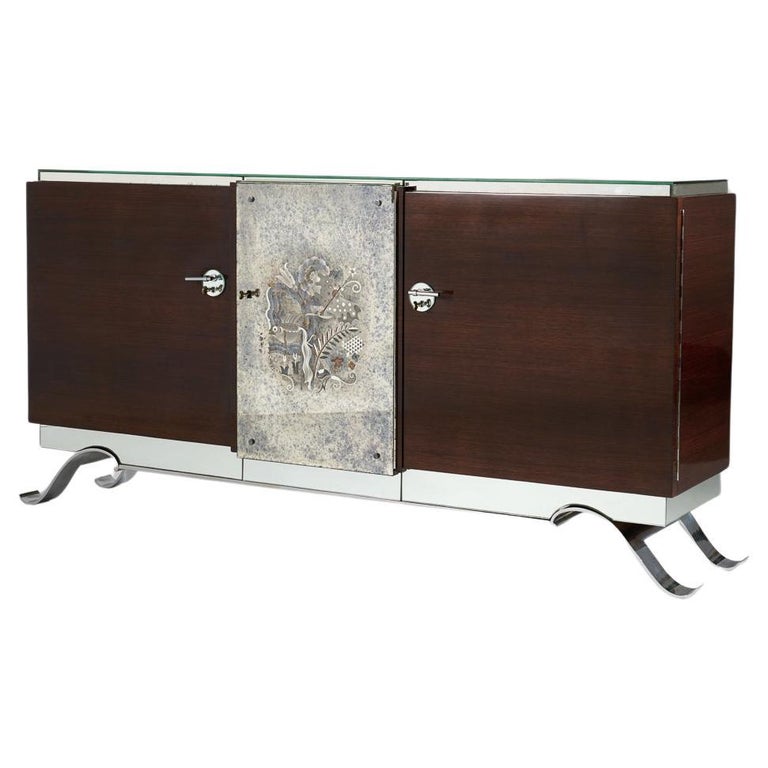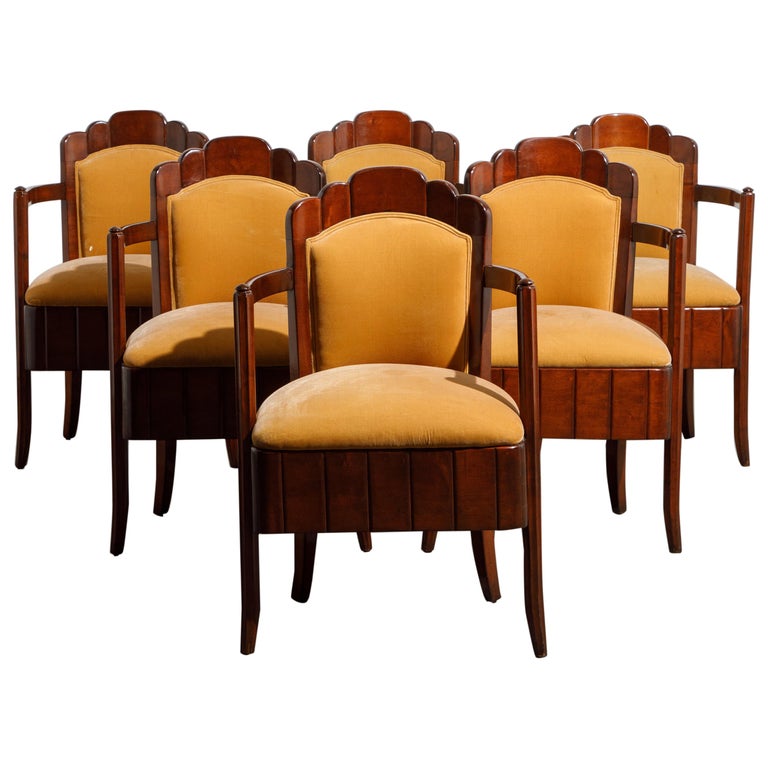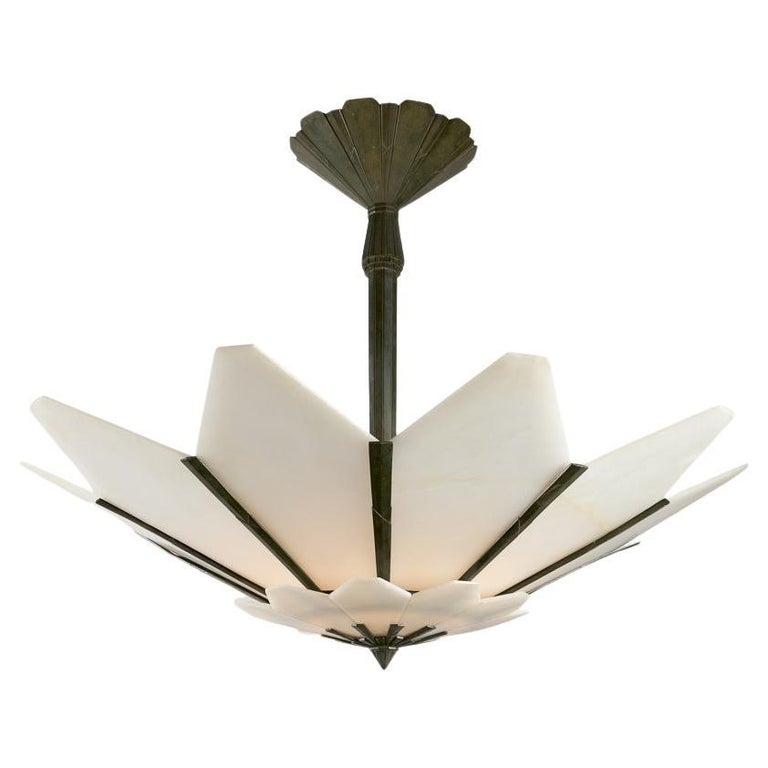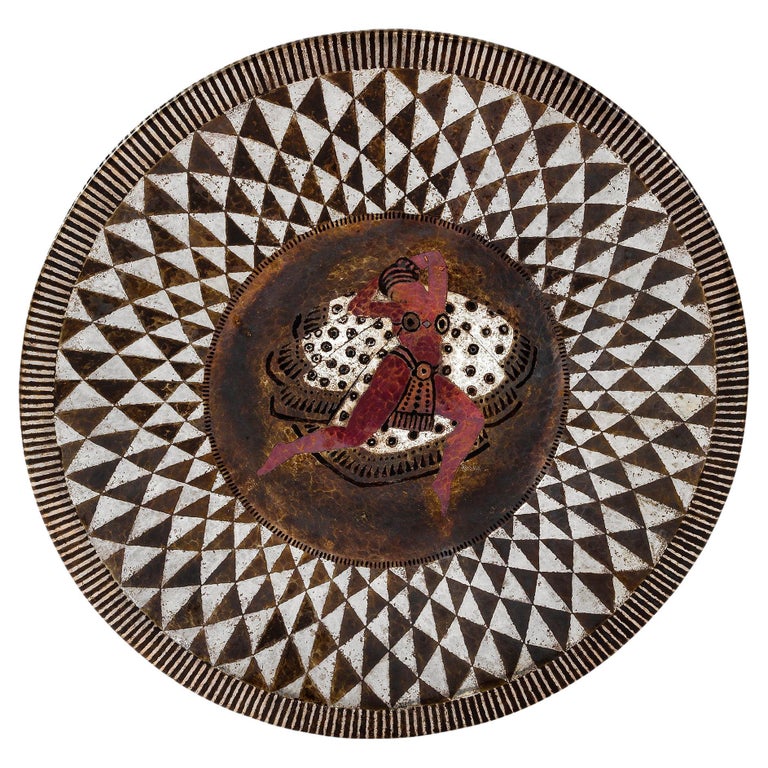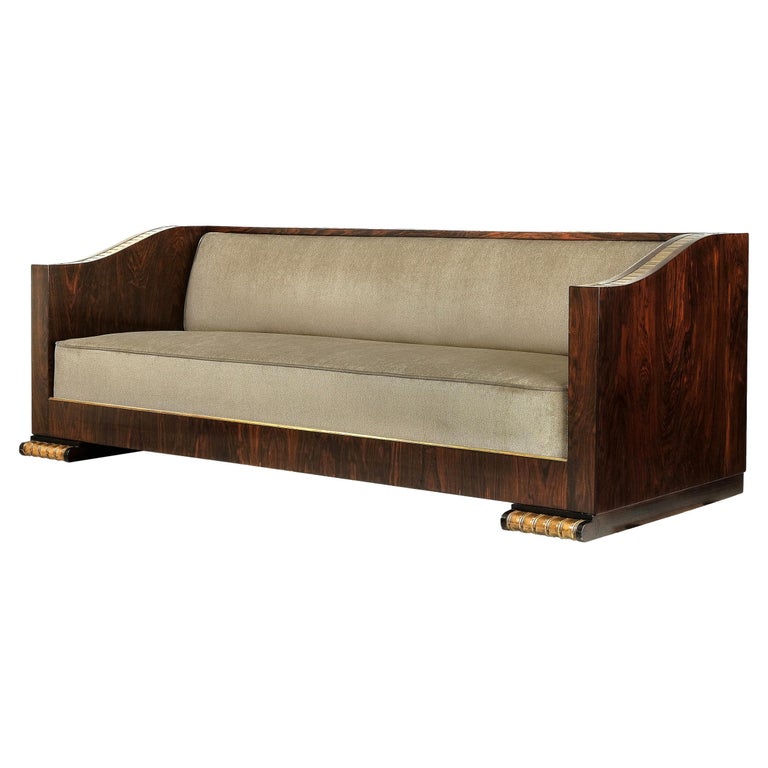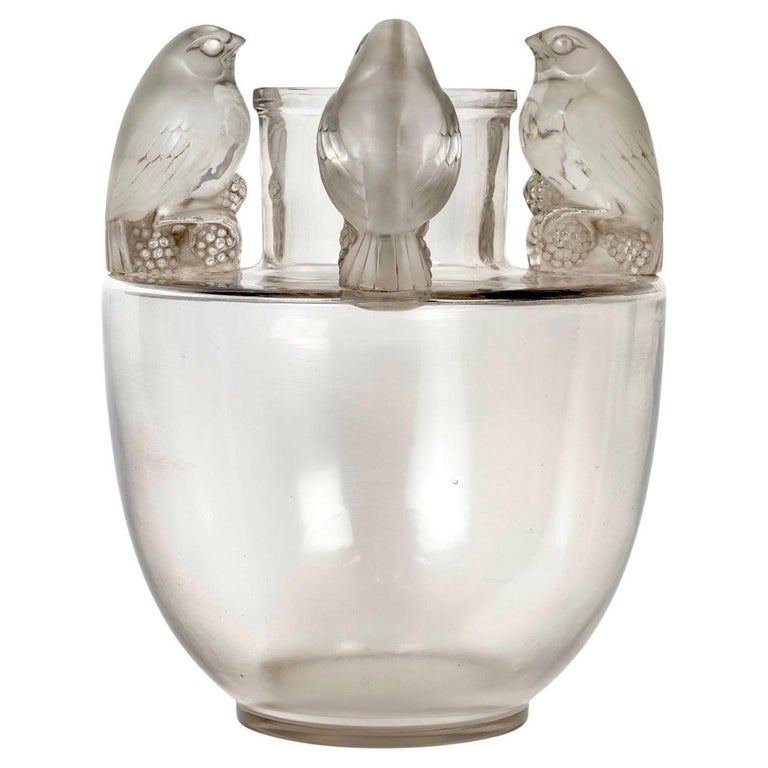Understanding the Art Deco Furniture Style — The Inspiration, Characteristics, and Names to Know From This Period
It was an era of exotic hardwoods, silhouettes inspired by skyscrapers, and gleaming chrome, but there was also more to it than you may realize
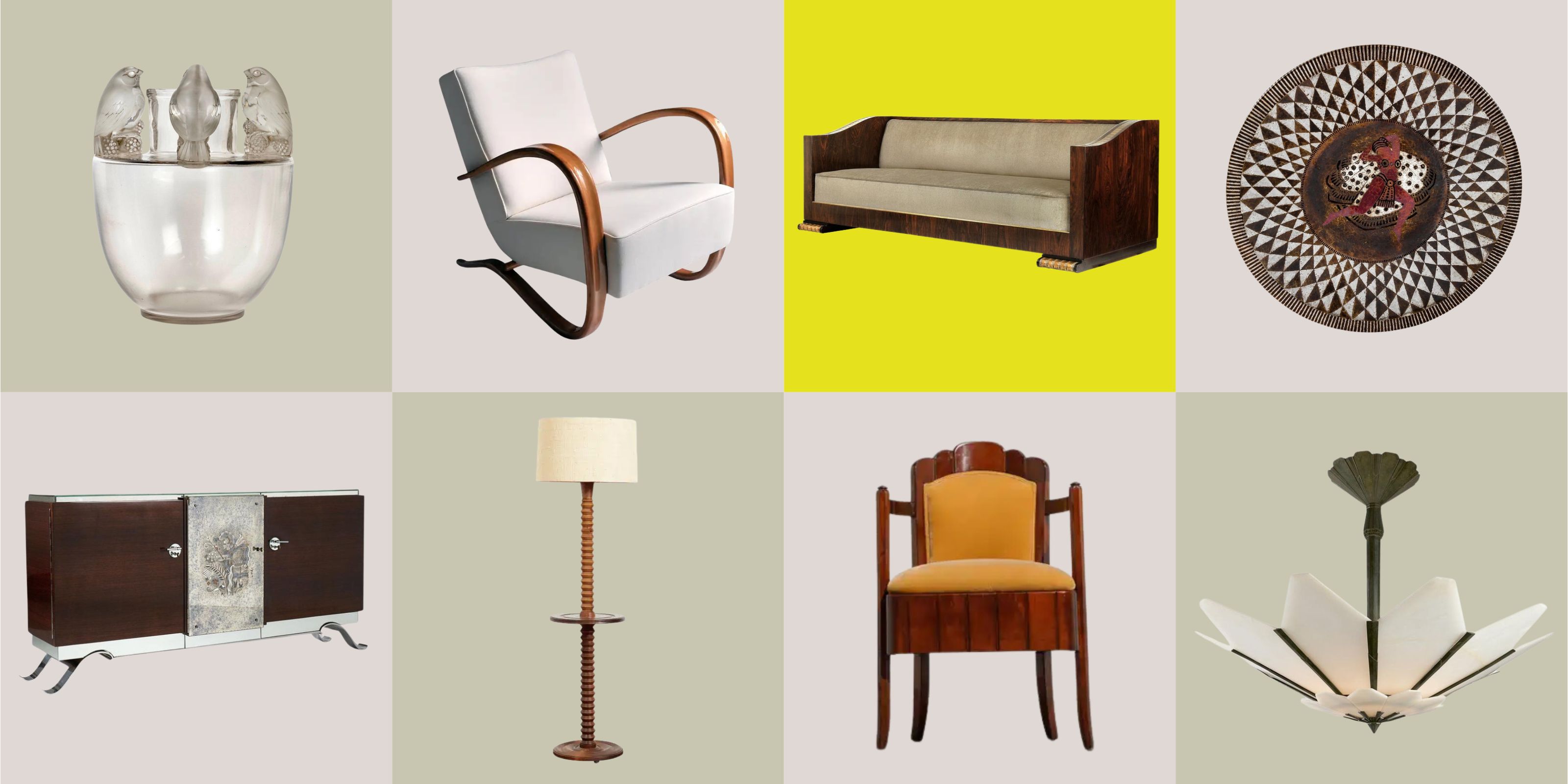

Glamour and exuberance are the terms perhaps most often ascribed to the Art Deco era, which has become synonymous with the roaring 1920s. And that, of course, extends to iconic Art Deco furniture styles.
“The flourishing of Art Deco interior design can be pinned to the period from about 1919 to 1939, the decade between the two World Wars,” explains Anthony Barzilay Freund, editorial director and director of fine art at 1stDibs. “The Art Deco movement reflected the exuberance of the time with a style that was modern, glamorous, and streamlined. Silhouettes drew their inspiration from skyscrapers and ocean liners, displaying dynamic curves and elegantly tiered forms.”
When it came to the iconic furniture designs of the era, designers took advantage of this period of prosperity by sourcing luxury materials — “exotic hardwoods like ebony and jacaranda, and parchment, and wrought iron, and alabaster,” Anthony explains.
But true Art Deco furniture goes beyond pure luxury — and it goes beyond the 1920s, Nick Dawes, senior vice president of special collections at Heritage Auctions, explains. It's also not so easy to pinpoint.
“Art Deco is an umbrella term that covers a wide range of styles and periods," says Nick. "Most people think of gleaming and chrome, but in fact, the term ‘Art Deco’ is a fairly modern term not used until 1966. And it’s used to describe a huge variety of international styles originally shown at the Exposition Internationale des Arts Décoratifs, held in Paris in 1925.”
“But Art Deco is actually older than that, because the term can apply to things made as early as 1912 and as late as the 1950s," he continues. "And it doesn’t just apply to France, but to objects made in Europe, the United States, and other parts of the world — there’s Japanese Art Deco, South American Art Deco...”
The aesthetic of the Art Deco furniture style also goes beyond the luxe accents with which it’s most often associated. American Art Deco, for instance, was conceived of by creators who viewed design in terms of modern living. So, how do you identify it? We've shared a fool-proof guide, below.
Be The First To Know
The Livingetc newsletters are your inside source for what’s shaping interiors now - and what’s next. Discover trend forecasts, smart style ideas, and curated shopping inspiration that brings design to life. Subscribe today and stay ahead of the curve.
The Characteristics of the Art Deco Furniture Style
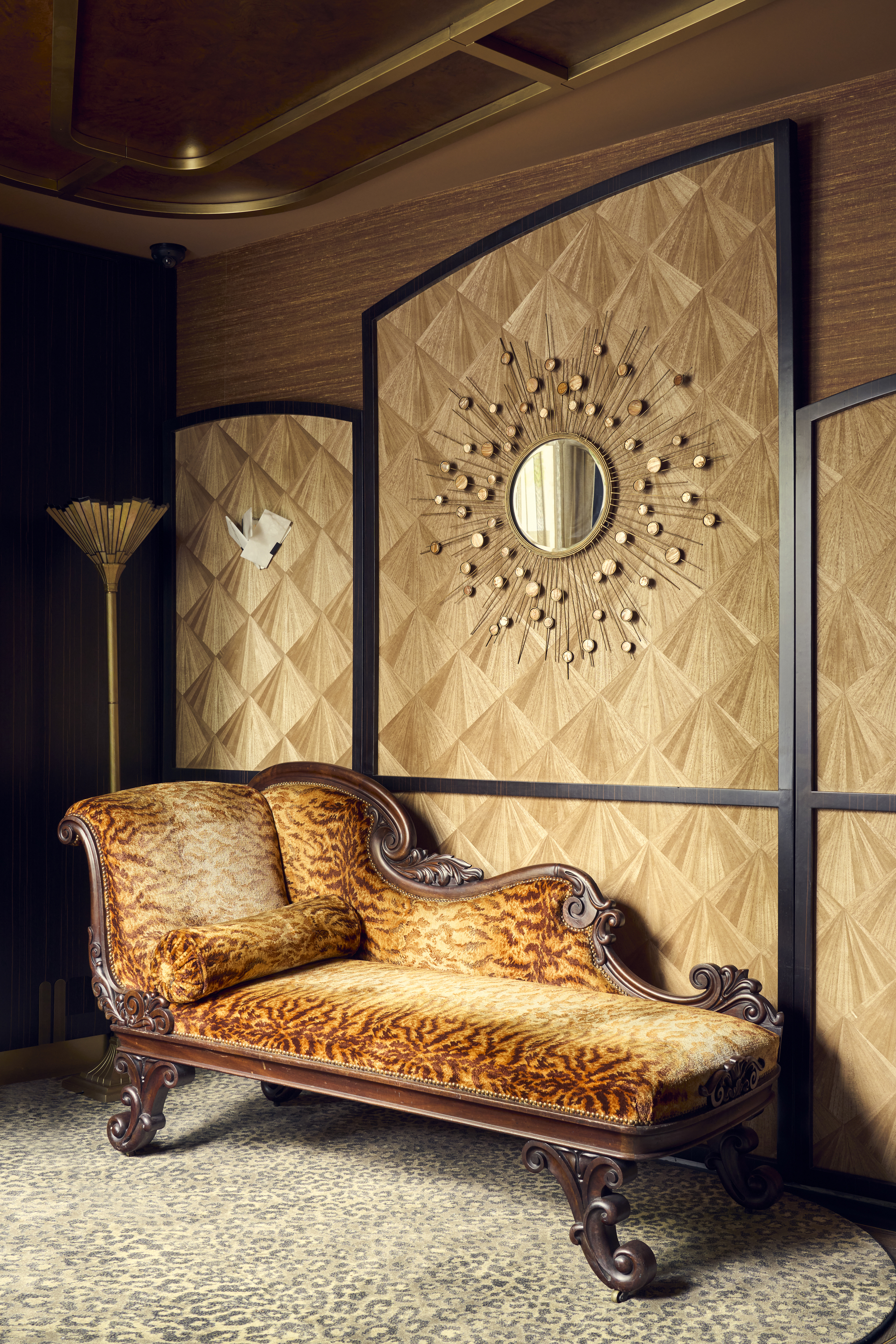
Polished woods, inlays, and expensive fabrics were all hallmarks of the Art Deco furniture style.
Nick says that the Art Deco furniture style tends to be “more angular than what came before it,” during the Art Nouveau movement.
“Pieces generally have more geometry in them, though it’s not that simple," he says. "Some Art Deco designs can be very curvilinear but overall, there tends to be a degree of geometry. Some of the designers were architects so that’s apparent in their furniture designs, as well.”
In other words, many Art Deco furniture and lighting pieces mimic some of the most iconic architectural designs of the time — bookcases rise tall to echo the lines of a skyscraper, or the geometric patterns on a lighting fixture might call to mind the architectural flourishes of the Chrysler Building.
But perhaps no region is as synonymous with Art Deco design as France. “People think of French Art Deco as the best quality because there were some really top drawer designers in the height of the period, in the 1920s,” Nick explains. “Their work is considered the cream on the top of the Art Deco world — other designers kind of copied them.”
He continues, adding that French Art Deco design is hallmarked by many of the most classic elements of high style: “polished wood, expensive materials like marble, bronze, silver inlay, and very formal furniture.”
The American Art Deco furniture style and accessories tended to be “less expensive, and made for modern living.” Still, much of it, says Nick, was “just as stylish.”
Iconic Art Deco Furniture Designers

Émile-Jacques Ruhlmann has become an iconic name when it comes to the Art Deco design movement.
Perhaps unsurprisingly, many of the biggest names when it comes to Art Deco furniture are French. “Émile-Jacques Ruhlmann was a furniture and interior designer and he is the sort of Babe Ruth of the whole movement” Nick says. “Think top drawer, highly polished furniture for the most part. Very formal, very high style.”
Of course, collectors looking to add a Ruhlmann to their own home should know that his works go for tens of thousands of dollars (a Ruhlmann lamp, for instance, was auctioned for more than £69,850). But, his works were reproduced — and Nick says reproductions can also be worthy buys.
Another titan when it comes to the Art Deco furniture style is Albert Cheuret, another Frenchman who produced works mostly in the 1920s. “He designed mostly lighting — sculptural geometric birds and things like that,” Nick says. “A lot of his designs were done in bronze or marble, and he was also reproduced. You can find nice quality reproductions at more reasonable prices.”
In terms of American designers, Nick highlights Donald Deskey, an industrial designer whose firm was responsible for some of the most iconic buildings in New York City.
After gaining notoriety for his Manhattan department store window designs, Deskey won a competition to design the interiors of Radio City Music Hall. Today, Radio City and all it encompasses is something of an “Art Deco survivor,” Nick notes.
Notable Art Deco Furniture Designs
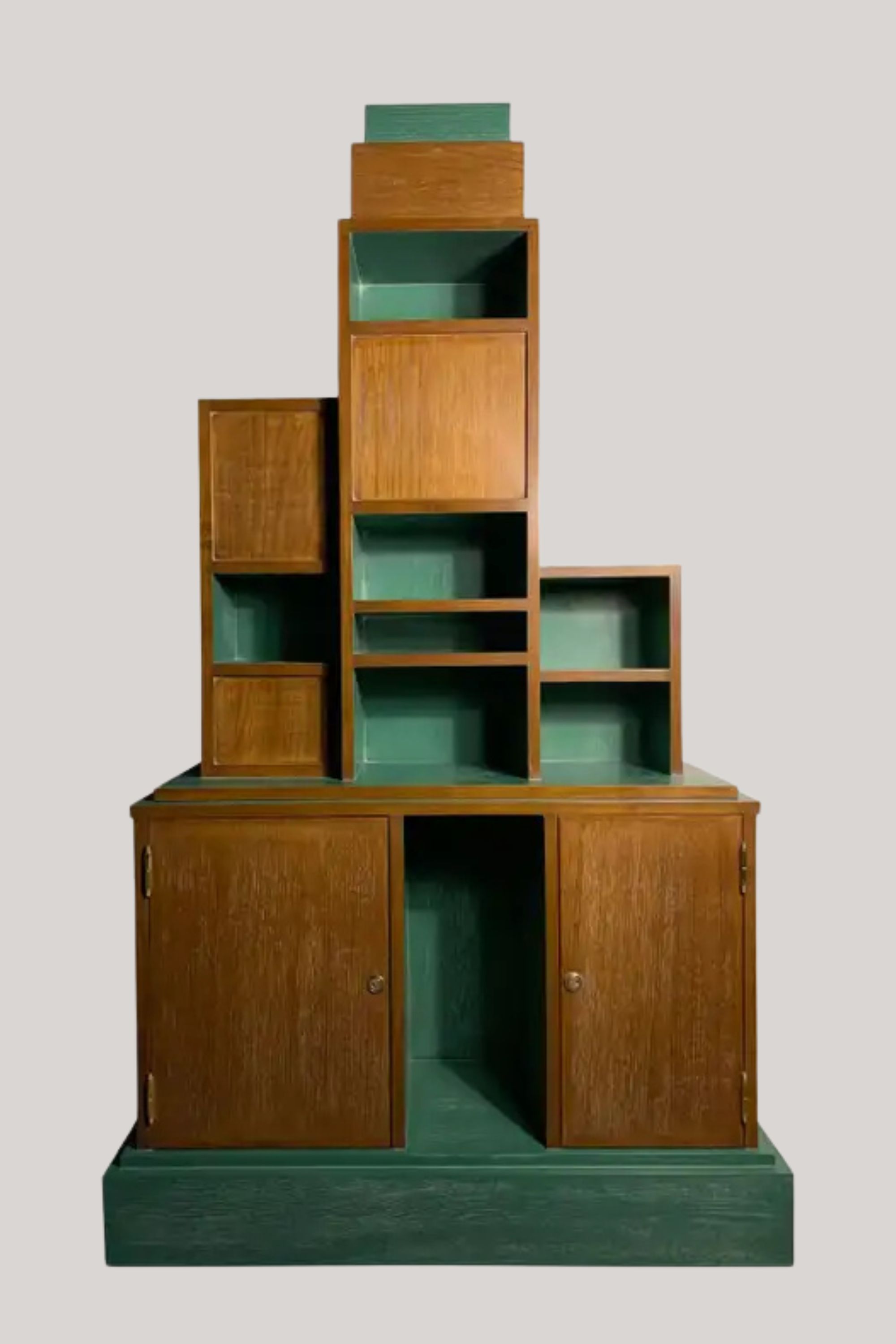
Paul Frankl's 'Skyscraper Bookcase' challenged the traditional silhouette, and went on to inspire a number of designers.
Among the pieces of Art Deco furniture that are highly sought after by collectors today, 1stDibs' Anthony Barzilay Freund notes, “Jules Leleu’s luxurious and sophisticated furniture; Art Deco period glass made by the consummate French master of the medium, Rene Lalique; and period Art Deco lighting by Sabino, one of the decorators who supplied the famed SS Normandie.”
“Charles Dudouyt and Jindrich Halabala also created sculptural Art Deco furniture designs that are particularly popular now,” he notes.
Nick Dawes points to two specific Art Deco furniture designs as among the most iconic of the time — Paul Frankl’s skyscraper bookcase and Edgar Brandt’s console tables.
The Frankl piece “is very New York,” Nick notes. The piece cantilevers up, suggesting the upward motion of a big city skyscraper. And despite its very sculptural shape, Nick says it’s “nothing fancy — American art deco is often urban and industrial.”
Edgar Brandt, meanwhile, was a French designer, though he often worked in the U.S. “He mostly worked in wrought iron, which is extremely Art Deco,” Nick says. “His consoles are classic, but from a French perspective, with marble tops.”
While many of the above designs often come with steep price tags, they are readily available on the secondary market — and at antique shows and flea markets around the world.
“The Art Deco period was one of exceptional talent and it is still possible to find pieces by some of the best designers,” says Anthony Barzilay Freund.
You just need to know how to thrift like a vintage and antiques dealer (and thankfully, Livingetc has a helpful guide on that, too.)

Virginia Chamlee is a longtime writer, artist, antiques dealer, and the author of the best-selling book, Big Thrift Energy. She's been collecting and selling vintage furniture and home decor for the better part of a decade now. Her home has been published in numerous interiors publications, for which she also contributes to as a design writer. In her spare time, she also publishes a regular Substack newsletter all about shopping for and styling vintage pieces in your home, called What's Left.
-
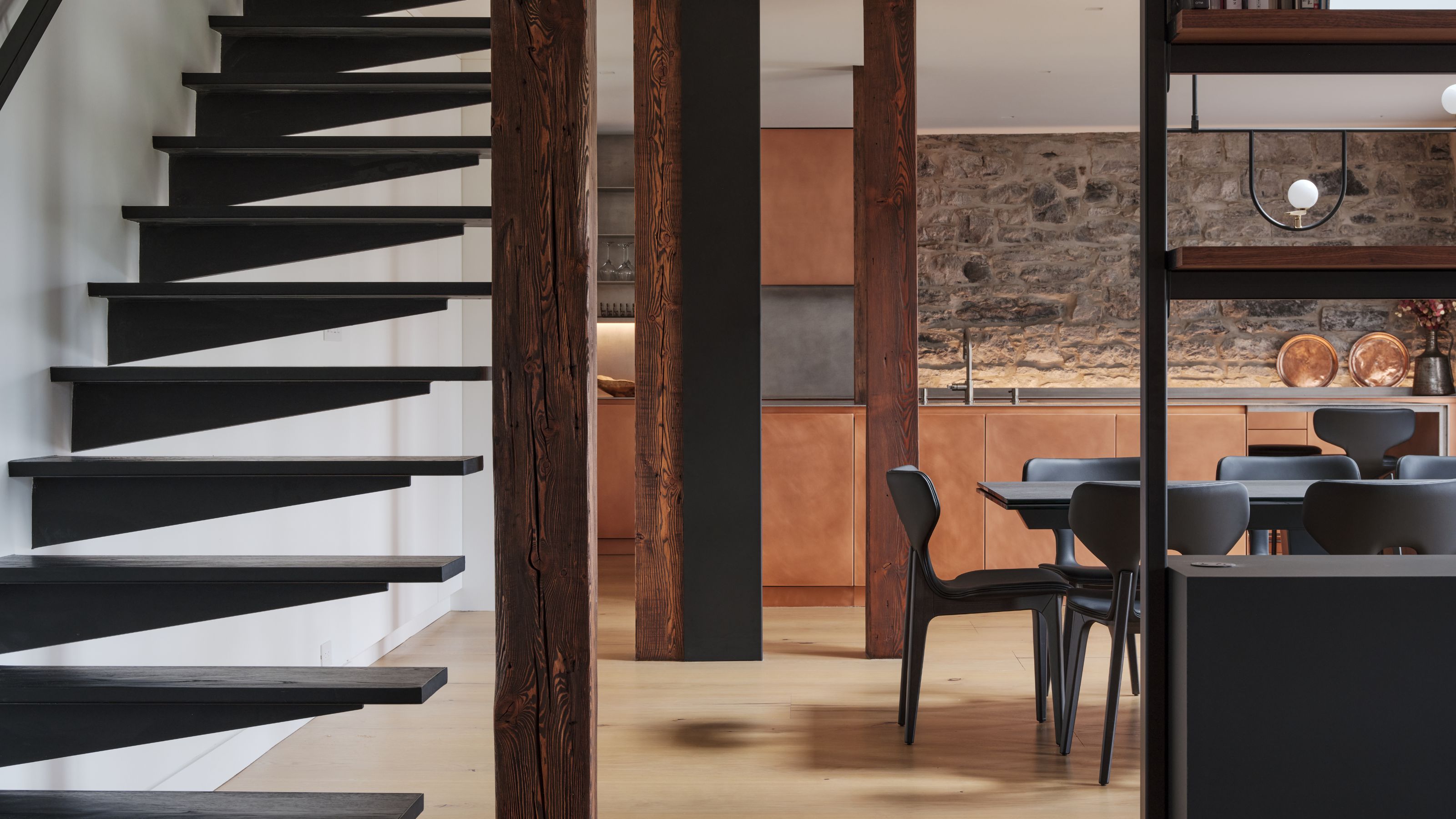 10 Loft Stair Ideas That Turn Functional Steps Into a Stylish Statement
10 Loft Stair Ideas That Turn Functional Steps Into a Stylish StatementThese clever staircase solutions from designers and architects promise to elevate your space in more ways than one
-
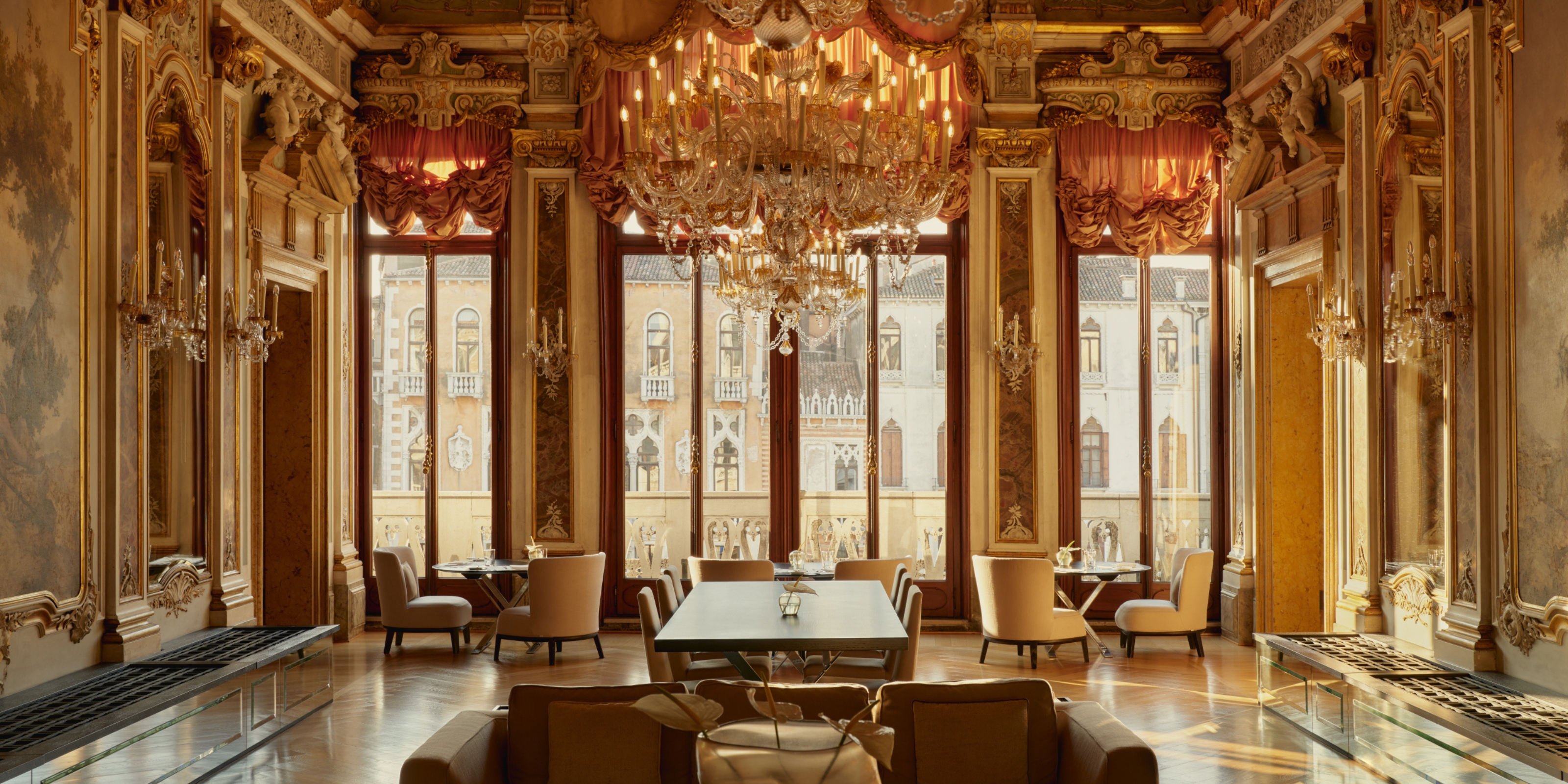 The Best Hotels in Venice — Bask in the Allure of La Serenissima With Our Curation of Masterfully Designed Holiday Stays
The Best Hotels in Venice — Bask in the Allure of La Serenissima With Our Curation of Masterfully Designed Holiday StaysWe've rounded up the once-in-a-lifetime Venetian sojourns every interiors-savvy traveler should tick off their list, on time for Biennale Architettura 2025
